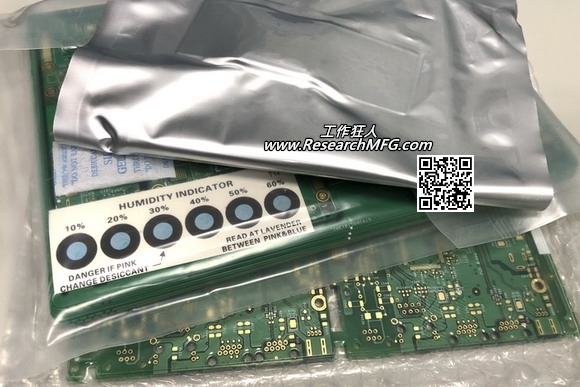
Questions from a newcomer about electronic manufacturing assembly process: Since there are already solder balls locate on the BGA substrate, why is it necessary to apply solder paste on the PCB pads during SMT reflow? Is it necessary to apply solder paste during BGA repair? And how should we apply solder paste to the corresponding pads on the BGA when there are other electronic components around the BGA?




